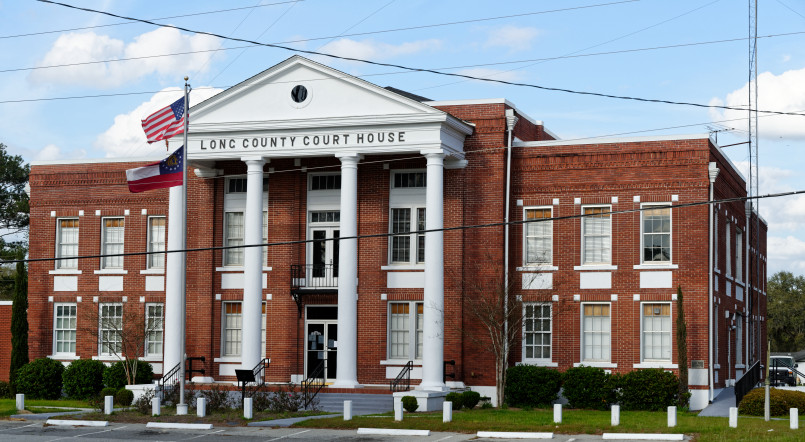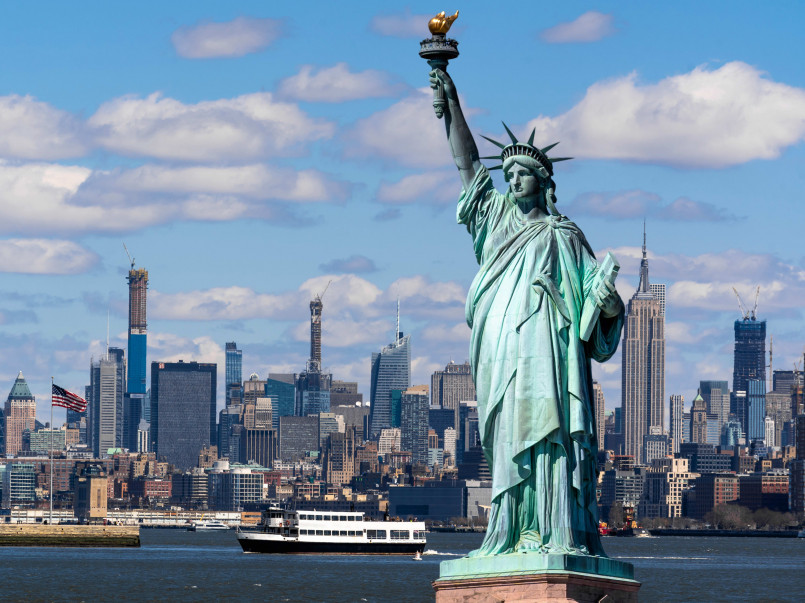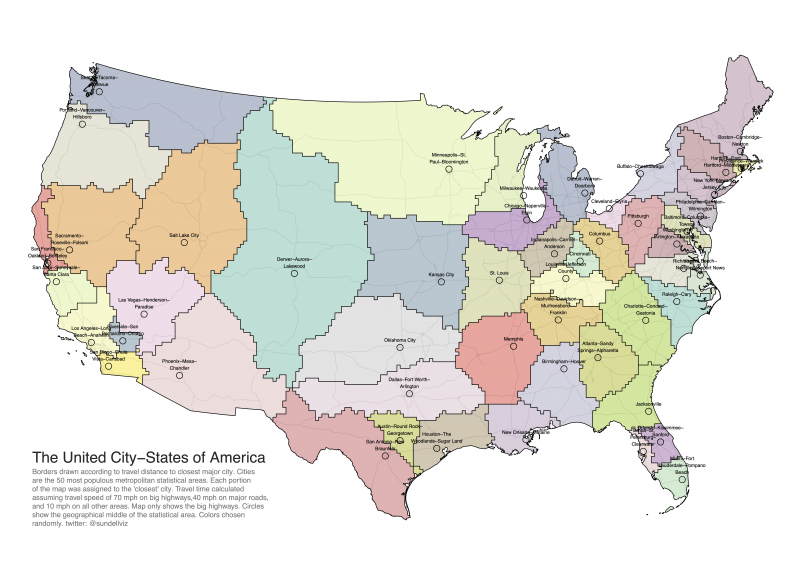The story of how a swampy plot of land along the Potomac River became America's seat of power involves political deals, geographic compromises, and the vision of the nation's founding fathers.
The location of America's capital city wasn't a foregone conclusion when the United States was formed. Before Washington D.C. became the permanent seat of government, the Continental Congress and early federal government moved between several cities including Philadelphia, New York, Baltimore, and Trenton. The story of how a relatively undeveloped tract of land along the Potomac River became the nation's capital involves political compromise, geographic strategy, and the vision of America's founding fathers.
The decision to establish a brand-new capital city rather than selecting an existing major city was unusual for its time and reflected the young nation's determination to forge its own unique identity. This pivotal choice would shape American politics and symbolism for centuries to come.
The Compromise of 1790
The location of the nation's capital was settled through what became known as the Compromise of 1790. This political deal, brokered between Alexander Hamilton, Thomas Jefferson, and James Madison, resolved two major issues facing the new government. Hamilton, as Secretary of the Treasury, wanted the federal government to assume the Revolutionary War debts of the states. Southern states, which had largely paid off their debts, opposed this plan.
Jefferson and Madison agreed to support Hamilton's debt plan in exchange for placing the capital in a location favorable to Southern interests-along the Potomac River. This compromise was sealed during a famous dinner meeting, demonstrating how the nation's geography was shaped by political dealmaking from its earliest days.

Geographical Considerations
The selection of the Potomac site was not merely political-it served important geographic purposes. Placing the capital near the center of the original thirteen states created a symbolic balance between North and South. The location was far enough inland to provide some protection from potential naval attacks yet remained accessible via the Potomac River for commerce and transportation.
Additionally, the chosen location sat at approximately the midpoint of the Atlantic seaboard, making it relatively equidistant from Georgia to New Hampshire. This central location was intended to prevent any one region from having disproportionate influence or easier access to the seat of government-an important consideration in an era of difficult travel and regional tensions.
George Washington's Influence
President George Washington played a decisive role in determining the exact location of the capital city. The Residence Act of 1790 granted him the authority to select the specific site along the Potomac River, within designated boundaries. Washington, who had extensive knowledge of the Potomac region from his surveying work and Mount Vernon estate, personally supervised the selection process.
Washington chose a site that included portions of Maryland and Virginia, creating a diamond-shaped district of 100 square miles (later reduced when Virginia's portion was returned in 1846). His familiarity with the area-and some suggest his personal interest in property values near his home at Mount Vernon-influenced the final location of what would become the District of Columbia.
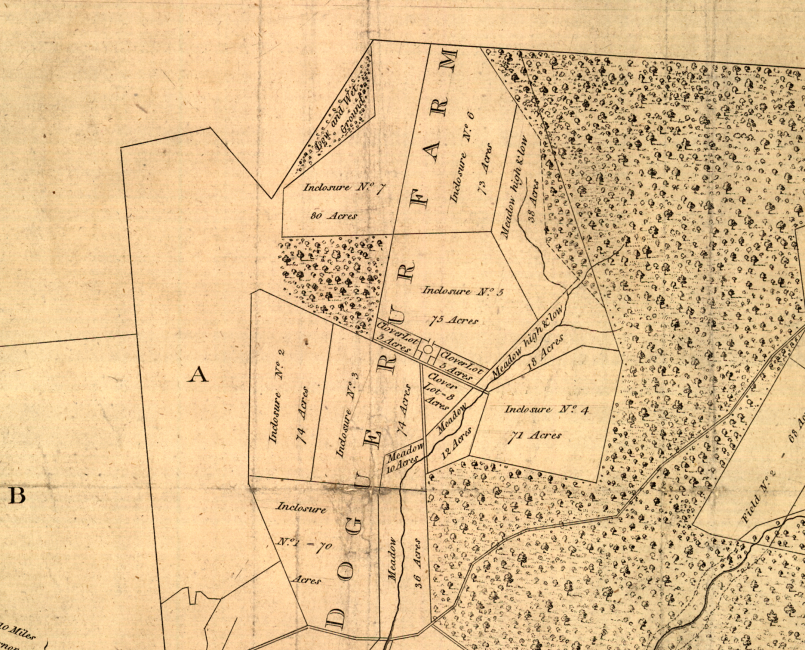
Pierre L'Enfant's Revolutionary Design
After selecting the site, Washington commissioned Pierre Charles L'Enfant, a French-born architect and civil engineer who had served in the Continental Army, to design the new capital city. L'Enfant created a visionary plan that reflected Enlightenment ideals and republican values through urban design.
L'Enfant's design featured broad avenues radiating from ceremonial spaces, creating sight lines between important governmental buildings. This design was deliberately grand and spacious, unlike the cramped European capitals of the time. The plan incorporated wide boulevards (unusual for American cities of the era), public squares, and monumental spaces that anticipated the future growth of the republic.
Though L'Enfant was eventually dismissed from the project due to conflicts with commissioners, his design fundamentally shaped Washington D.C. and created a capital city that physically embodied democratic ideals and national ambition.
Moving the Capital from Philadelphia
Philadelphia served as the temporary capital while Washington D.C. was under construction. The government officially moved to the new District of Columbia in 1800, during John Adams' presidency. This transition was significant but initially difficult, as the new capital was still largely unfinished.
When the government relocated, only the north wing of the Capitol building was complete, and Washington remained a work in progress with muddy streets, few amenities, and limited housing. Many government officials and foreign diplomats complained about the primitive conditions of the new capital, which lacked the established culture and infrastructure of cities like Philadelphia and New York.
The burning of Washington by British forces in 1814 during the War of 1812 further set back development, but also galvanized national support for rebuilding and improving the capital as a symbol of American resilience.
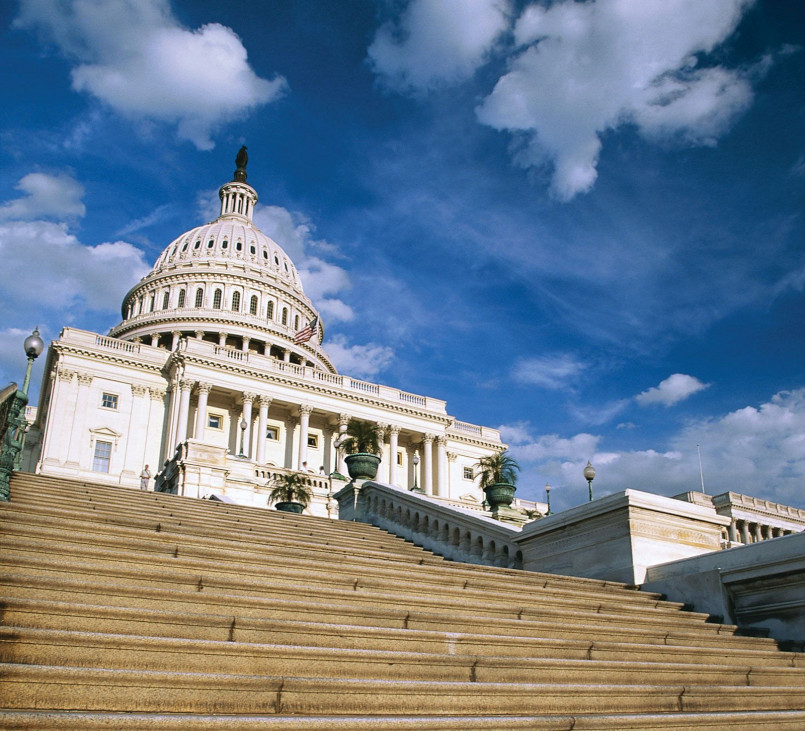
Building the Federal City
The actual construction of Washington D.C. was a monumental undertaking that faced numerous challenges. The land was partially swampy and required extensive drainage work. Labor shortages were common, and financing the construction strained the young nation's resources.
The city developed slowly, with enslaved individuals performing much of the labor on government buildings-a painful irony for a capital meant to represent freedom and democracy. The White House and Capitol were the first major structures completed, though both underwent significant expansions and modifications over time.
During these early years, Washington was often derided as a city of "magnificent intentions" that failed to live up to its grand plans. It would take decades of development, including the significant public works projects of the late 19th and early 20th centuries, for the capital to mature into the monumental city envisioned by its founders.
Legacy of the Decision
The decision to create Washington D.C. as America's capital has had profound and lasting effects on American government and identity. By establishing a federal district outside the jurisdiction of any state, the founders created a neutral ground for governance that belonged equally to all states.
The monumental architecture and deliberate symbolism of the capital city have come to represent American democracy both domestically and internationally. The National Mall, with its museums, monuments, and public spaces, has evolved into the nation's most important civic stage for demonstrations, celebrations, and collective expressions of American identity.
However, the creation of a federal district also produced the ongoing challenge of political representation for D.C. residents, who lack voting representation in Congress despite paying federal taxes-an issue that continues to generate political debate about democracy and rights in the very city designed to embody these principles.
Frequently Asked Questions About 7 Fascinating Reasons Why Washington D.C. Became America's Capital City
Why didn't New York or Philadelphia become the permanent capital?
Both cities served as temporary capitals, but concerns about regional favoritism and the desire for a neutral federal district led to the creation of Washington D.C. The southern states were particularly concerned that a northern capital would bias federal policy. The Compromise of 1790 resolved this by creating a new capital near the geographic center of the original states as part of a deal that also addressed the national debt.
Who chose the exact location for Washington D.C.?
President George Washington personally selected the site for the capital city after being granted this authority by the Residence Act of 1790. He chose a diamond-shaped area along the Potomac River that included land from Maryland and Virginia. Washington was familiar with the region from his surveying work and his nearby Mount Vernon estate.
Was Washington D.C. built on a swamp?
It's a common myth that Washington D.C. was built entirely on a swamp, but this is only partially true. While some areas along the Potomac and Anacostia Rivers were marshy and required drainage, most of the district consisted of farmland and forests. The "swamp" narrative gained popularity in the 19th century as a political metaphor and because of the city's hot, humid summers.
When did the federal government officially move to Washington D.C.?
The federal government officially relocated to Washington D.C. in 1800, during President John Adams' administration. Adams moved into the unfinished White House in November 1800, becoming the first president to reside there. Congress held its first session in the partially completed Capitol Building in November of the same year.
Has Washington D.C. always been the same size?
No, Washington D.C. was originally designed as a perfect diamond of 100 square miles, with land donated by both Maryland and Virginia. In 1846, the portion southwest of the Potomac River (about 31 square miles) was returned to Virginia following a public vote. This area now forms parts of Arlington County and the city of Alexandria. Today, D.C. covers approximately 68.34 square miles.

